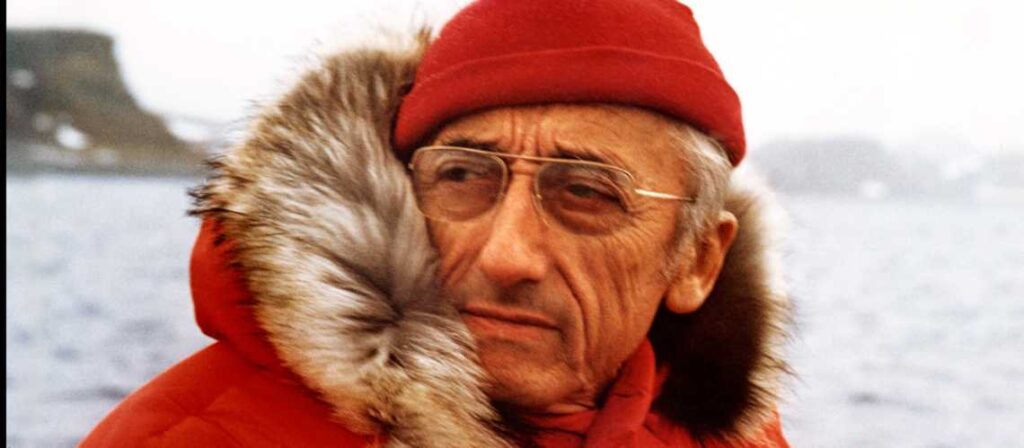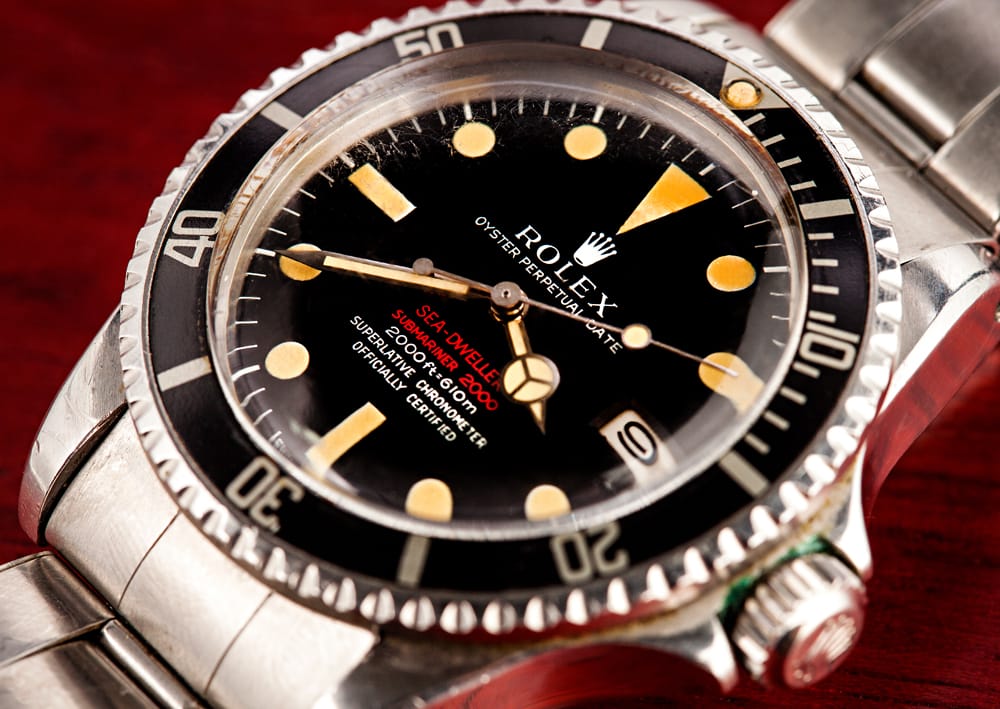Jacques Cousteau’s Favorite Watch
Diving and wristwatches have gone hand-in-hand in a big way ever since the rise of SCUBA diving in the mid-20th century. Where diving was incredibly difficult for timepieces years prior, new wars and human exploration saw innovations in underwater capability regarding the horological industry. With time, many well crafted pieces ended up on some very famous wrists. Marketing being a reality in the beast of selling new watches—no brand has ever been sad to have a celebrity tie. These ties can add an air of lived-in quality to any piece for sale on the market. As well, having famous patrons with special requests can lead to new innovations in watchmaking.

Combining the future of dive watches with the future of diving—with acclaim to boot—was Jacques-Yves Cousteau (1910-1997). His legacy of exploration, film making, and oceanography is synonymous with maritime discovery. It’s no surprise then that Monsieur Cousteau kept some solid dive pieces with him on his adventures. While there is a particular brand that stood out for Cousteau and his team, most top-of-the-line dive watches came into contact with his exploits. After all, what better guinea pigs are there for testing new dive watches than professional divers? Rhetorical question aside, ahead we’ll be picking out a favorite of Cousteau’s and diving into some details about the piece.
The Doxa Sub 300 Rises to the Top
As mentioned, due to Cousteau’s fame—especially after the release of his film The Silent World (1956)—any watches worn by himself gained notoriety with divers and the public alike. In his world famous film, Cousteau rocked a Rolex Submariner. His Chief dive engineer André Laban was sporting a watch from the world’s longest running watch brand—Blancpain. The Blancpain “Fifty Fathoms” and Rolex Submariner both wore well-earned diving stripes, but the first (and only) watch that Cousteau publicly endorsed would come later in his career.

By the 1970s the three main watches Cousteau and his team preferred were of Omega, Rolex, and Doxa origin. During this decade, Rolex and Doxa worked together to engineer the first wristwatches with a helium release valve. These release valves on dive watches revolutionized the durability/longevity of diver watches. As pressure built inside of submerged mechanical watches, the gears would be taking on heaps of stress. Thus, Rolex premiered their Sea-Dweller—the first to employ the valve. Not too long after, however, Doxa released their “Sub 300” line with the same tech. Its design and lower price point made it more of a true public release. Cousteau and company came to employ these watches more often due to their similar performance to the Sea-Dweller and their more affordable price-tag (nevermind the bold style of the orange dial). An early notable Cousteau Doxa watch was the “Sub 300T Conquistador”. However, most Doxa Sub 300’s would accompany Cousteau for the latter part of his career.
Making A Comeback
Though Doxa watches fell out of favor with the public, generally, their niche capabilities are still admired by the greater dive community and watch enthusiasts alike. So much so that the Doxa Sub 300 line had a re-release back in 2017. The release was limited to 300 pieces and all are likely sold out by now (Oct. 23, 2019). Cousteau is responsible for this particular Doxa line hitting the American market. He even stamped his “Aqua Lung” dive logo on the dial to lend his seal of approval. With his legacy making a substantive mark on diving and oceanography, any Doxa piece is considered a rare treasure among collectors. It might cost near as much as a dive expedition to get one now—but their original innovations and affordability gripped the attention of one of history’s greatest explorers. If only Steve Zissou had received the memo (we’re looking at you, Wes Anderson).
Times Ticking has been in operation for more than 30 years, since 1982. We have performed watch repair for customers both locally and internationally. If it Ticks! We KNOW it! Our team of watch repair technicians have a combined experience in watchmaking of over 120 years.

